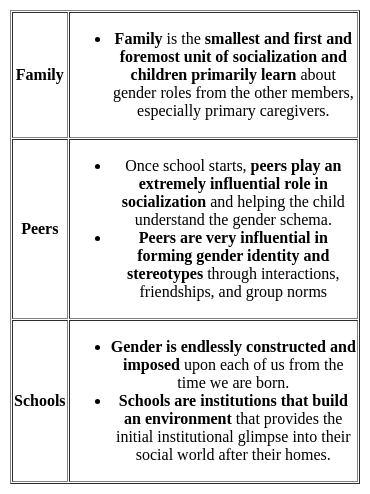UGC NET Paper 2 Sociology Mock Test - 2 - UGC NET MCQ
30 Questions MCQ Test UGC NET Mock Test Series 2025 - UGC NET Paper 2 Sociology Mock Test - 2
Spencer viewed all evolution in terms of two types of society:
The rule whereby the married couple establish their own residence is called:
Research in which the researcher uses both qualitative and quantitative research within a stage or across two of the stages in the research process is known as
Participant observation methods is ideally suited for the study of
1. tribal culture
2. national culture
3. ethnographic study
4. phenomenon of globalisation
Select the correct answer using the codes given below
Ethnomethodology is concerned with -
A. The study of ordinary people's method for making sense of and creating order in everyday life.
B. When people talk or act, they are constantly engaged in interpreting what is going on around them.
C. There is an inherent relationship between talk and action.
D. The study of social phenomena by using highly structured interviews of a very large sample size.
Choose the correct answer from the options given below
Which of the following is not a basic part of report?
With reference to the concept of westernisation, consider the following statements:
1. It includes the adoption of the ways of western thinking.
2. It necessarily means that people adopt modern values of democracy and equality.
3. The activities of Christian missionaries accelerated the process of westernisation in India.
Which of the statements given above is/are correct?
Given below are two statements, one labeled as Assertion (A) and the other as Reason (R):
Assertion (A): Sanskritization is a process by which a lower caste or tribe or any other group changes its customs, rituals, ideology and way of life in the direction of a higher or more often twice‐born caste.
Reason (R): The process of Sanskritization is limited only to the caste people of Hindu society.
Choose the most appropriate answer from the options given below.
Religion, gender, economic background and even learning styles are all notable factors of____ to be considered for effective instruction and learning.
Which one of the following is not true about Marxian Socialism?
Seeing a very big rally it was reported that JD will win the election, the conclusion was based on
Identify the air pollutant in urban areas which irritates eyes and also respiratory tract of human beings:
Which one of the following is not true of an institution?
"The Protestant Ethic and the Spirit of Capitalism" was written by:
When patrilineal and matrilineal descent is applied together, and not alternatively in combinations, the joint application is known as ___________.
During which decade increase in total urban population was more than the total increase in a rural population of India?
Urbanization occurred in the nineteenth century because-
Rewards and punishment associated with role expectations are called:
Consider the following statements regarding the land-use categories in India:
1. The land-use categories in India are divided into 9 parts.
2. The land left without cultivation for one or less than one agricultural year is called Culturable Waste-Land.
3. The land which cannot be brought under cultivation with the available technology are called Barren and Wastelands.
How many of the statements given above is/are correct?
|
92 docs|125 tests
|





















